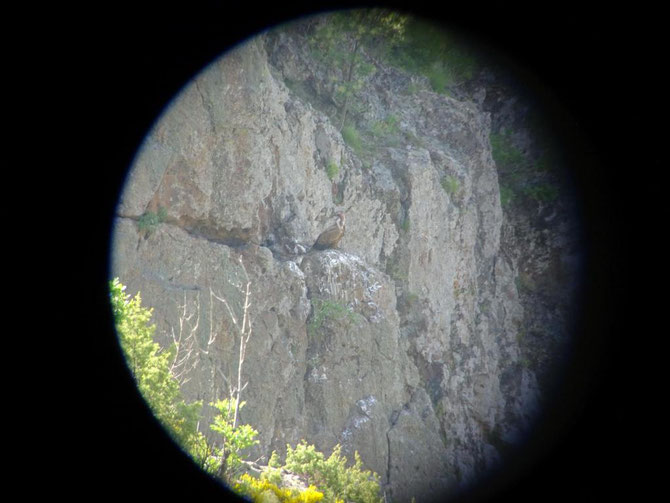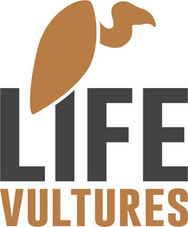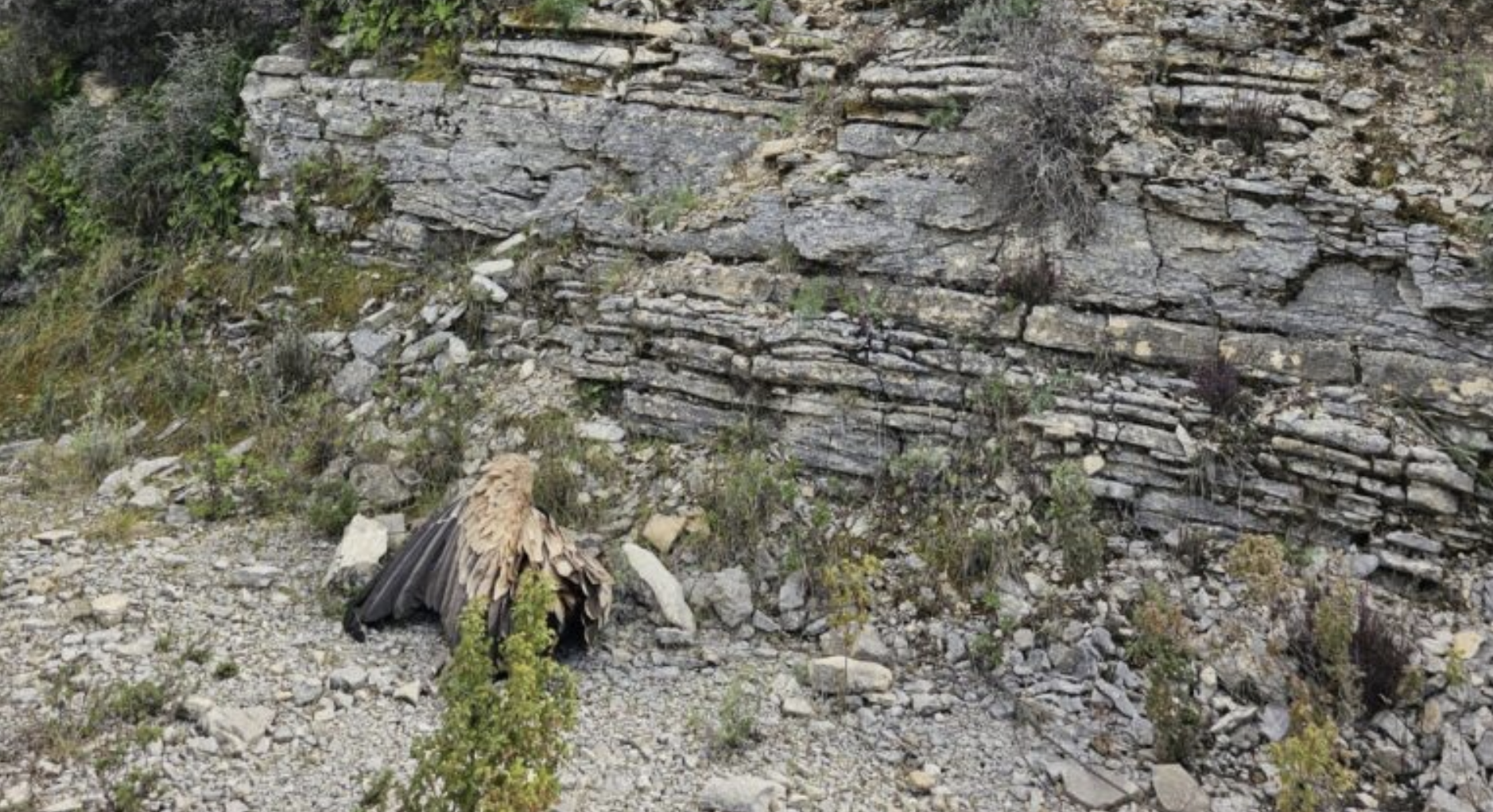
This has been yet another great year for Griffon Vultures in the Rhodope Mountains. Vulture experts counted 73 hatched Griffon Vultures in the Rhodope Mountains — the only indigenous Griffon Vulture population in Bulgaria.
Griffon Vulture Monitoring
In May, experts from the Bulgarian Society for the Protection of Birds (BSPB) visited all Griffon Vulture nesting sites in the eastern part of the Rhodopes Mountains as part of the LIFE Re-Vultures project.

Last year, experts and volunteers counted 77 chicks, of which 73 Griffon Vultures successfully made their first flights. Only a few years earlier, in 2016, 51 chicks hatched and 50 made fledged the nest. Dobromir Dobrev of BSPB states that in the “last four years we are witnessing a positive trend and a serious increase in both indicators as a result of the growing Griffon Vulture population in the area. “Among the observed birds, there are pairs that have nested again. Therefore, the total number of hatched chicks this year will be known after all nests are inspected, and some revisited again in the coming weeks.
Griffon Vulture Breeding Period
Griffon Vultures hatch in late March and early April. Griffon Vultures are excellent parents. For almost four months, the parents are constantly protecting and nurturing their chicks. It takes a long time for the offspring to grow enough and start attempting to fly for the first time. Finally, in mid-summer, young vultures are no longer so little. Although they are only a few months old, they are fully developed and weigh as much as their parents around 7 kg, sometimes more.
Young years of Griffon Vultures
Griffon Vultures are a permanent and nomadic species. Young birds roam until about the fifth year when they reach maturity. During this time, they can cover vast distances, travelling away from their hatching sites. These are critical moments in the life of birds, as nearly 70% of these vultures die in this early phase of their lives. The LIFE Re-Vultures project is equipping birds with GPS transmitters to be able to monitor the species and understand threats they face and tackle them accurately. Furthermore, with GPS data, the team can realise if the bird is in trouble and save it in time.
LIFE Re-Vultures


Starting in 2016, the five-year LIFE RE-Vultures project was developed by Rewilding Europe, in collaboration with the Rewilding Rhodopes Foundation the Bulgarian Society for the Protection of Birds, WWF Greece, the Hellenic Ornithological Society and us here at the Vulture Conservation Foundation. The aim of the project is to support the recovery and further expansion of the populations of Cinereous and Griffon Vultures in the cross-border region of the Rhodope Mountain by improving natural prey availability, monitoring movements of birds to help understand the threats they face and carrying out activities that will reduce the mortality of the populations from threats such as illegal wildlife poisoning and collisions with electricity infrastructure.




